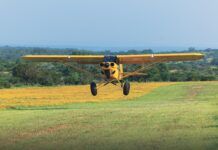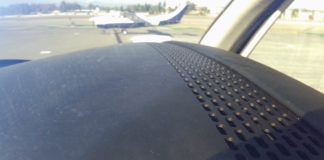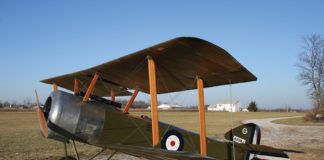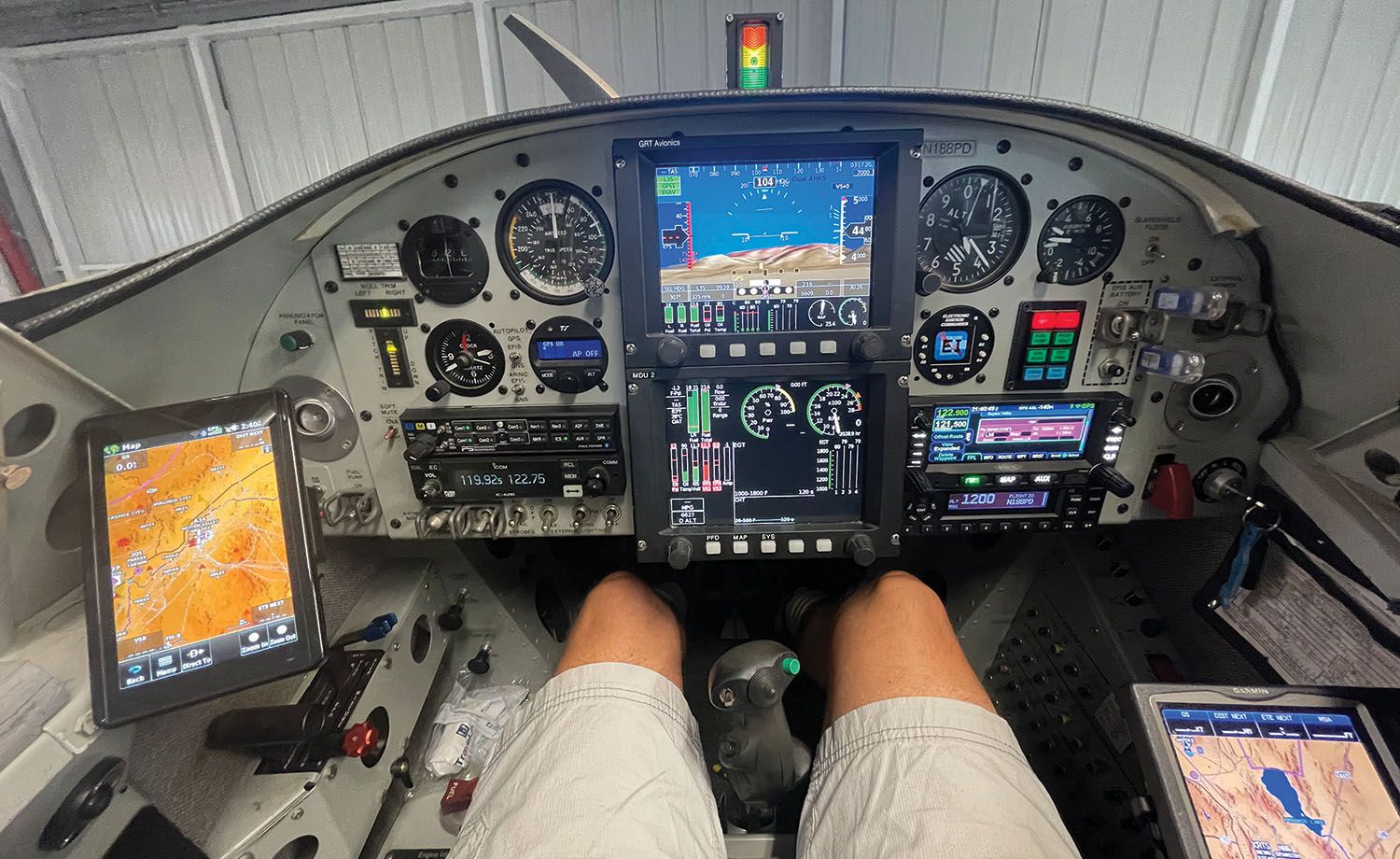
Old dog, new tricks. We see the discussion of EFIS digital instruments versus round steam gauges on homebuilders forums every week. There are all sorts of “old dogs” (a club of which I am probably a member based solely on age) that state, again and again, that round, analog gauges are the only way to fly. Then, of course, we have many new dogs (and they aren’t all that new) who have never flown anything but digital cockpits who say, “What’s the big deal? We can fly just fine with tape instruments!” The truth is, as always, somewhere in between—or more probably, a combination of the two.
When I built my RV-8 in the early 2000s, homebuilt EFISes were just beginning to appear. I think the serial numbers on my GRT displays were something like 00045 and 00046. Blue Mountain was imploding, Dynon had their smaller-scale D-10 six-pack replacement on the market and Garmin was still building only portables for our market. In my day job, I had been flying glass cockpit aircraft and simulators for a long time. NASA was an early experimenter with CRT displays in simulators, and any pilot who walked by the door of a development lab was grabbed and placed in front of one for a while, then asked their opinion. So when I began looking at how to populate the panel of my new airplane, I was glad to see that I had some early glass options.
But being an older dog, I was cautious. I put the two GRT EFIS displays, one above the other, as the centerpiece of the panel, but I put analog gauges on either side in the usual six-pack arrangement (more or less). I wanted to make sure I had backups that I could fly with, considering I was building an IFR-capable machine. What I found when I started to fly the airplane was that my eyes almost always went to the round gauges or used them in my peripheral vision for airspeeds on approach and in the pattern and for altitude deviations in level flight.
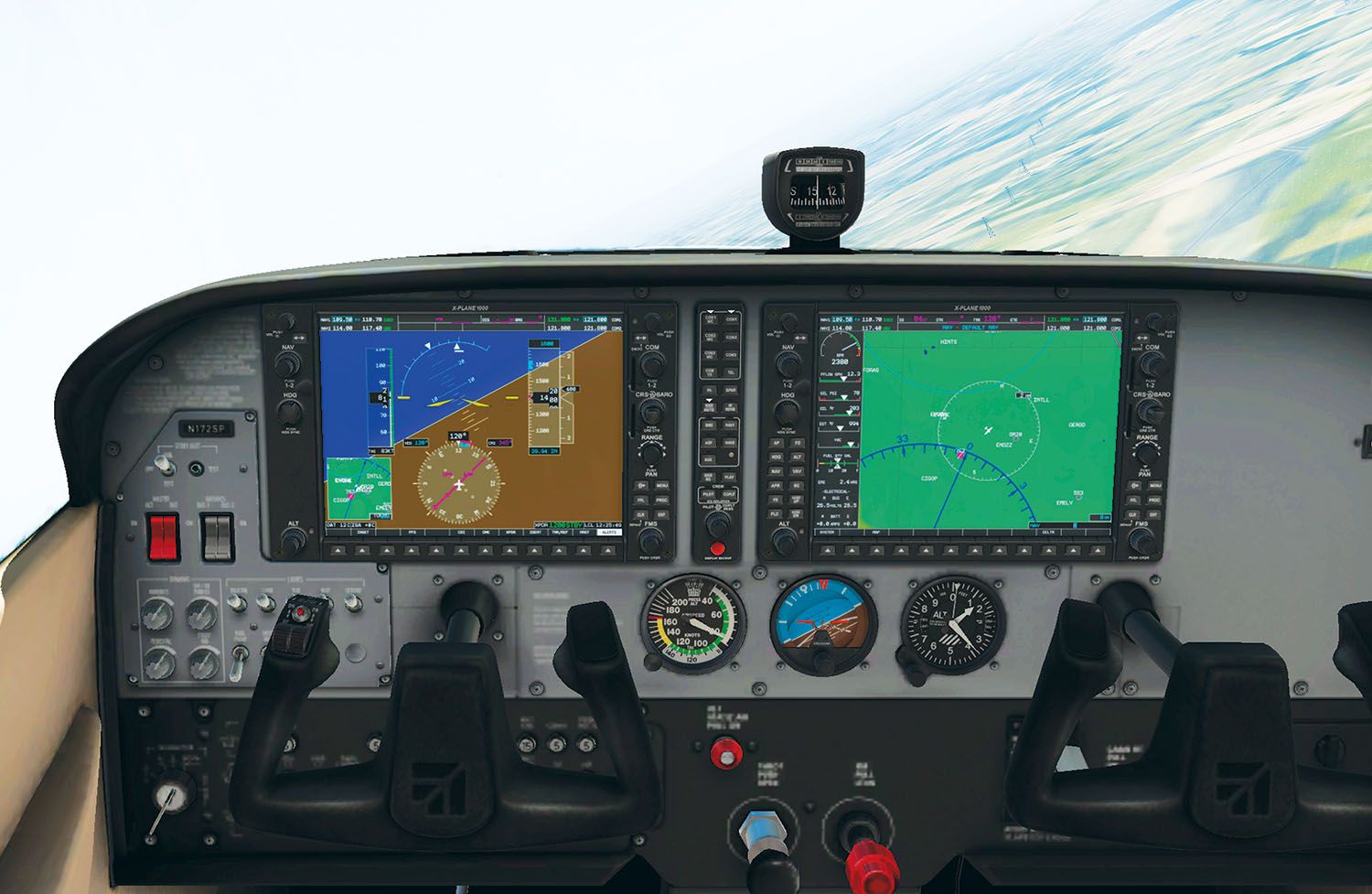
Let’s Go To the Tape
My early experience with glass cockpits had all been with pure digital displays—there were no analog gauges on those panels, so I had to fly with the tapes and didn’t have any problem doing so. But decades of flying steam gauge airplanes had conditioned my brain to fall back to the analog needles and arcs when it had the chance. Finding this interesting, and being an engineer, I decided to cover up the analog gauges for a while, and sure enough, after about 10 hours of flying the airplane with nothing but the EFIS screens visible, I uncovered the analog gauges—but my brain started pretty much ignoring them and using the digital tapes instead. It was a matter of training.
Now I say “pretty much” because I still tend to glance at the analog airspeed to see if I am below the top of the white arc so that I can drop the flaps. More accurately, I am looking to see how much more I have to slow to get to the top of the white arc so I can think about dropping flaps. On the EFIS tape display, it is not uncommon for the top of the white arc to still be below the bottom of the display (and invisible), so you don’t get an “analog” feel for how much more you have to slow. The round gauge shows the entire speed range at one time, so I have a better idea of where I am in that range. It’s an interesting observation, but practically speaking, once I have a general knowledge of the airplane and where the power levers are for the phase of flight, I pretty much know when I can start getting flaps and gear deployed anyway.

Old Dogs, New Glass
But still, the question remains: How do we teach all the old dogs to embrace the glass? Maybe not to the point where they like it, but at least so they can tolerate it. There is no doubt that you can fly an entire aviation career without using round gauges—I know pilot astronauts that started their initial flight training in the military in glass-cockpit airplanes and that pretty much has been their career standard. But getting a person whose only experience is with round dials to the point where they can naturally fly glass takes a little consideration.
I often see people asking, “Is there a Dynon (or Garmin or GRT or MGL or AFS…) plug-in for a flight simulator I can fly on my computer?” Well, the general answer is no—although I have suggested to engineers at all of these companies it would be a great selling point and advantage if they did so. Garmin and Avidyne have trainers for their IFR navigators, and they are both great training aids because they teach you how to push all the buttons in the right order to get things done. And therein lies the key to what people are really asking for.
If you want to learn to fly the airplane with digital tape type displays, any of the popular PC flight simulators will work—Microsoft Flight Sim has always been my favorite, but there are a number of them out there. Pick any airplane model with a glass display and fly it around—your eyes and brain will eventually get to understand how tapes and digitally generated horizons and HSIs work. I always tell up-and-coming instrument pilots to get a home flight simulator and fly as many hours of procedures as they can. You can’t log the time, but it certainly builds up your ability to understand where you are in space and teaches you procedures—without spending a dime on avgas.
So the truth is, there are numerous ways to train yourself to fly with glass instruments—but what most people are really asking for is a way to train the “buttonology” of their particular brand of EFIS. And for that, we really don’t have a good answer other than to plug the airplane into a ground power source and sit in the cockpit, punching away. Each of the manufacturers has different approaches to how their systems are manipulated. The biggest selection criteria these days (when all the manufacturers have largely the same features) is deciding which user interface works with your brain the best.
In the end, it doesn’t make much difference from a cost or feature-set standpoint whose system you pick—but you have to be able to manipulate the displays and features without hesitation, especially if you are flying in instrument conditions. Because of my unique background, I have airplanes with a wide variety of EFISes in my hangar, and I fly them all regularly. Each one is operated differently, and sometimes I find myself trying to remember if I have to hit “enter” to finish selecting a destination or if simply pushing the “direct” key gets the job done. For this reason, I choose which airplanes I use for IFR—and which ones I use out of the clouds. Oh, I can (and have) gotten good enough with all of them to do the cloud thing, but I try to stay really current on one (or two) of them.
So no—you don’t really have a PC-based option to train on the buttonology of your particular EFIS—you’ll just have to make airplane noises while playing with it in the hangar. But if you’re trying to train your brain to work with digital vertical tapes, you’re in luck. In fact, Microsoft Flight Simulator has a very nice all-glass 737 (or Lear) you can fly—it helps a lot to learn things faster so that when you get into your piston-powered homebuilt, everything feels like it’s happening a bit slower. And if you really want to accelerate your learning, find a simulation of the SR-71 because, as they say, “You’ve never been lost until you’ve been lost at Mach 3….”
Photos: Paul Dye, Marc Cook.

